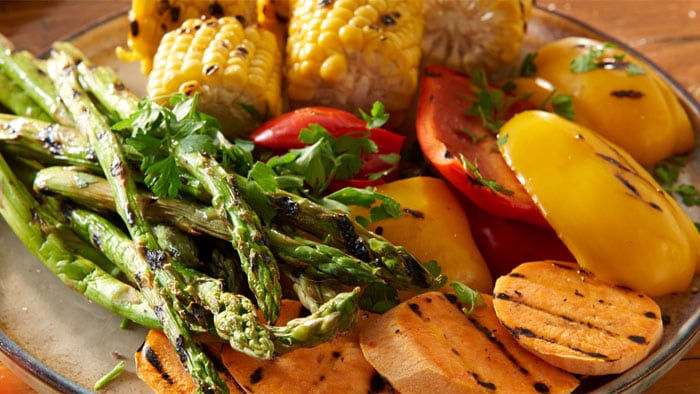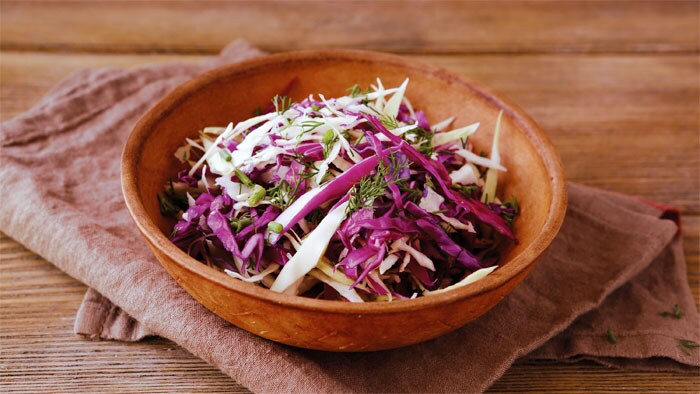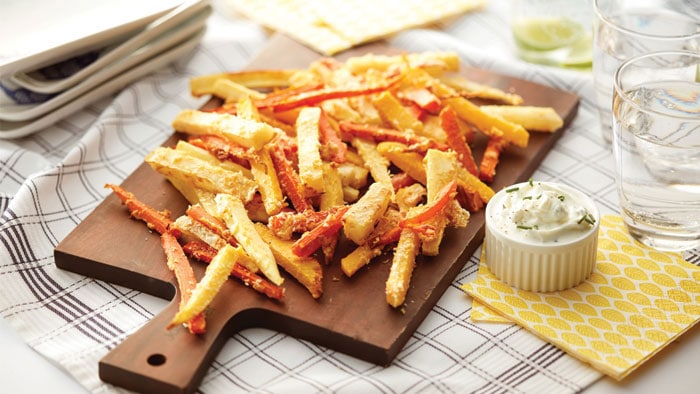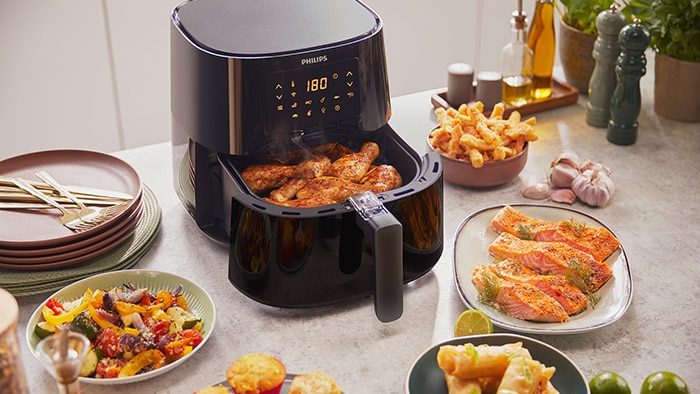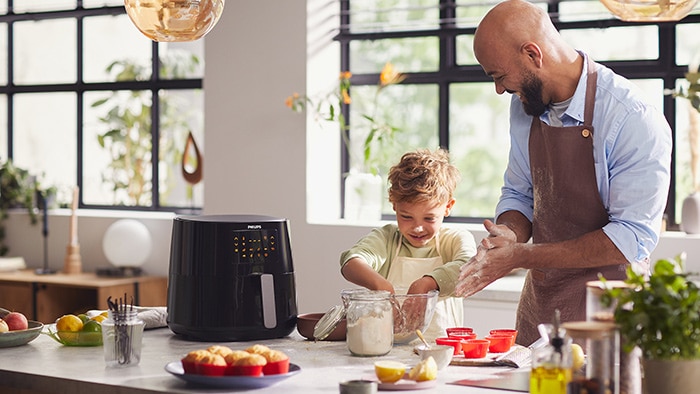Reading time: 9 Min
Cooking vegetables: Common mistakes – and how to solve them!
Here, we’ll show you how to prepare vegetables including the common vegetable preparation mistakes to avoid.
Vegetables: They’re packed with nutrients and flavour, and they make an appearance in almost every meal. If we’re asked to describe what’s required in a balanced diet, our minds will probably go straight to vegetables. That being said, do you know how to cook vegetables in a way that preserves their nutritional value?
Vegetable preparation mistake #1: Cooking different vegetables at the same time
The best way to combat this is to use different cooking methods for different types of vegetables: Cooking vegetables method 1: Boiling When it comes to vegetable prep, boiling is a quick and easy method of cooking. However, it’s easy to overboil, which leads to a loss of vital nutrients. Often you only need to simmer some vegetables in the boiling water. For example, when it comes to boiling broccoli you can follow these simple steps: Root veggies with a higher starch content, such as potatoes, can withstand boiling over a longer period of time. In this case, simply place the potatoes in cold water and boil gently until soft. Cooking vegetables method 2: Steaming Steaming is one of the best solutions when you’re thinking about how to cook vegetables in a way which preserves as many nutrients as possible. Again, it’s worth understanding the different types of vegetables you’re cooking to know how best to steam them. Cooking vegetables method 3: Stir frying Cooking vegetables method 4: Air frying For crispy vegetables without the oil, air frying is a tasty and simple option. Cooking vegetables method 5: Roasting A great way to cook up a large batch of veggies is to evenly spread them over a large roasting tray. The best way to roast vegetables is to allow for plenty of time and to cook on high heat, following these simple steps.
It’s important to know how long to cook vegetables, otherwise you’ll lose some of their nutrients. All types of vegetables have different cooking times, so when you put everything into a pot together – and cook it for the same amount of time – the softer veggies will end up overcooked, while the harder ones may not be cooked enough.
The opposite of steaming, stir frying is a delicious way to cook veggies over a high heat for a short amount of time. Here’s how you can whip up a nutritious stir-fry in just three simple steps.
Top tip: Knowing how to cut vegetables is crucial for stir frying. To ensure even cooking, cut them into evenly sized pieces.
With an appliance such as the Philips Airfryer XXL, veggies can be fried, grilled, baked or roasted in large quantities. This makes for a good option when cooking vegetables for up to six people or when you’re entertaining.
Vegetable preparation mistake #2: Washing vegetables before you need to
When you’re planning to prepare a meal this evening – but you have a spare moment now – it might be tempting to wash the vegetables in advance. Don’t give in! Once vegetables are washed, they begin to oxidize and lose their nutrients. This is also why you should never wash vegetables before storing them. There is an exception to this rule: leafy greens. These can usually be stored for a day or two before spoiling. Vegetable prep before cooking vegetables in an air fryer If you’ve just prepped some fries for cooking in an air fryer, soak these in a bowl of cold water for around a half hour. This will draw out any excess starch and result in extra crispy fries when it comes to frying. Vegetable prep before roasting or stir frying your vegetables Thoroughly washing the veggie gives you the added opportunity of thoroughly drying it before cooking. Drier veggies will give crispier and more delicious results, especially when it comes to vegetable prep before roasting and stir frying.
There are rare instances, however, when a little pre-washing can go a long way:
What you need

-
- Play Pause
- Play Pause
- Play Pause
Premium Airfryer XXL - 6 portions
HD9650/99
Maximum taste, minimum fat
The Philips Airfryer uses hot air to fry your favourite food with little or no added oil. New Fat Removal technology is designed to extract and capture fat from the food, making this a healthier way to fry for you and your family.
See all benefitsVegetable preparation mistake #3: Cutting vegetables too soon
Wondering how to cut vegetables? Here are three classic techniques for cutting vegetables when the time is right: How to cut vegetables method 1: Dice Dicing is a valuable skill when it comes to knowing how to cut vegetables into even pieces for cooking. If required, peel the vegetable before beginning. There are different ways to dice different vegetables. For example, when dicing a shallot: How to cut vegetables method 2: Mince A mince is simply a finer dice. Repeat the above steps with a sharp knife to achieve smaller and more finely cut pieces of vegetable. How to cut vegetables method 3: Julienne A julienne is just a thinly sliced stick of vegetable, often referred to as the matchstick cut:
It’s important to know how to cut vegetables at the right time. Just as with washing, vegetables begin to oxidize as soon as you cut them. You’ve probably seen the way apples start to brown as soon as you bite into them, and vegetables behave in a similar way. So, it’s best to wash and cut your vegetables shortly before use. Here are a few things you know before we show you some classic vegetable cutting techniques.
If you accidentally cut your aubergine too early, you can use lemon juice or salt to prevent browning until it’s time to use it. This method also helps with other vegetables that brown quickly after cutting, such as parsnips and potatoes.
Vegetable prep top tips:
You no longer need to ask, ‘how do you roast vegetables?’ or fret about different ways of cooking vegetables – or even how to cut them. With this simple guide you now have all the skills you need to be a master of your vegetable prep.







